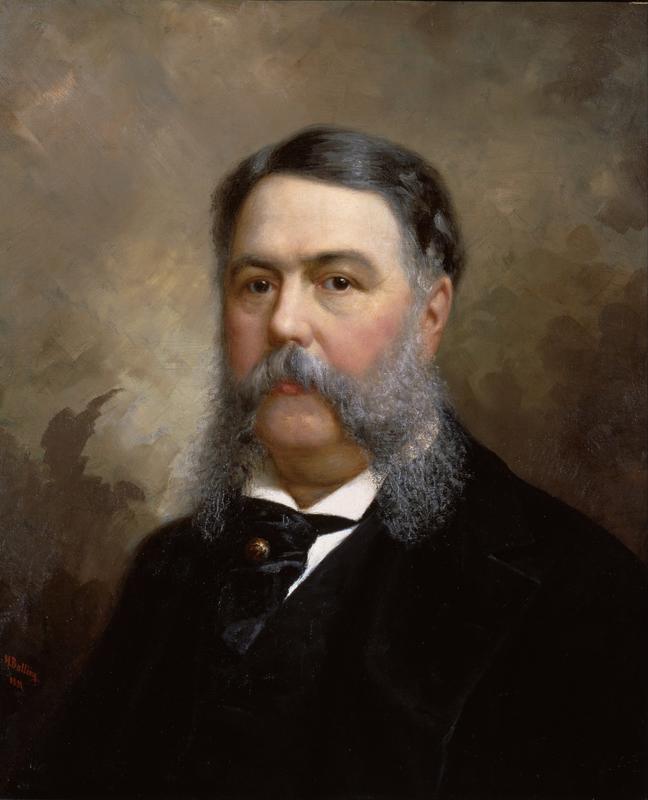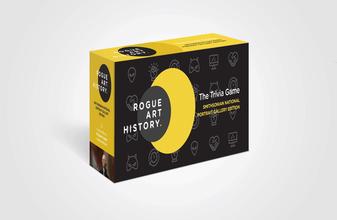More about Chester A. Arthur
- All
- Info
- Shop

Contributor
Compared to James Garfield, his other presidential portrait of 1881, also in the Smithsonian National Portrait Gallery in Washington, D.C., the Norwegian artist Ole Peter Hansen Balling's stately Chester A. Arthur is milder, more open, and more optimistic, despite the recent tragic loss of President Garfield.
Aesthetically, it doesn't compare to Lucian Freud's controversial work of genius Queen Elizabeth II; however, like Freud, Balling showed the head of state with a calm, relaxed countenance, making James Garfield look tense, worried and avoidant.
Regardless of the motivations of the assassin, Arthur attained the presidency in the midst of a controversy swallowing up the Republican Party, in which the "Stalwarts," dedicated to preserving a system of nepotism, "spoils," and machine politics, set themselves against the reformers, such as President Garfield. Balling was a Norwegian, and although, like Garfield and Arthur, he served in the Union army during the Civil War, we do not know how he positioned himself in regards to the controversy in the Republican Party. It was certainly in his best interest, like a court painter, to conceal his opinions on any controversy in order to protect his commissions.
The subject of Chester A. Arthur served in the Union army for more than twice as long as President Garfield and the artist, Balling. Arthur enlisted in 1857, and had already been serving for four years when Garfield and Balling joined in 1861. However, relative to Garfield, Arthur's military functions were more related to his profession, law, and caring for the soldiers. Perhaps this is why Garfield, aligned with the "Stalwarts" before becoming President, was able to work so effectively to build a common cause among the bickering factions in Congress, maintaining and carrying forward, in many ways, the legacy of his predecessor, despite their differences of opinion. The willingness to work together shows in the openness of the President's face as Balling paints it.
Sources
- Howe, George F. Chester A. Arthur: A Quarter-Century of Machine Politics. New York: F. Ungar Pub. Co, 1966.
- Østby, Leif. "Ole Peter Hansen Balling." NORSK KUNSTNERLEKSIKON, Mar. 8, 2019, https://nkl.snl.no/Ole_Peter_Hansen_Balling.
- "Queen Elizabeth II." WikiArt, https://www.wikiart.org/en/lucian-freud/queen-elizabeth-ii-2001.
- Reeves, Thomas C. Gentleman Boss: The Life of Chester A. Arthur. New York: Alfred A. Knopf, 1975.












